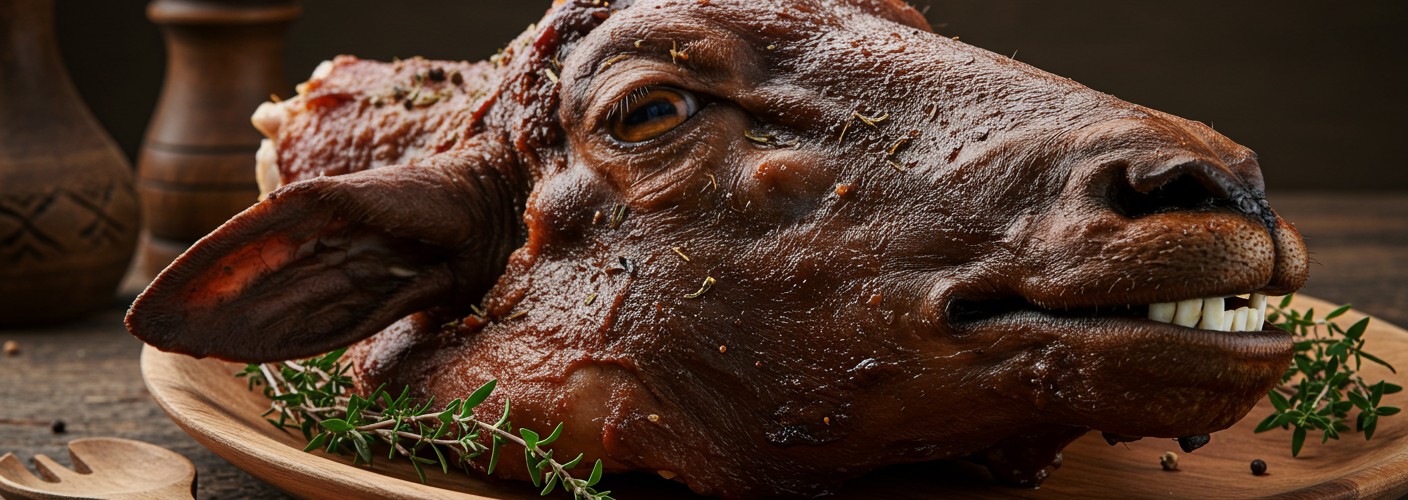If you’re a culinary explorer eager to delve into the heart of Norwegian cuisine, you can’t overlook the intriguing dish known as Smalahove, or sheep’s head. This traditional fare has deep roots in the country’s history, dating back to a time when preserving food was paramount for survival during harsh winters. Let’s explore what Smalahove is, how it is prepared, and why it holds a special place in Norwegian gastronomy.
What Is Smalahove?
Smalahove refers to the head of a sheep, which is typically smoked or steamed, and then served as a dish. It is most commonly eaten in western regions of Norway, particularly in areas like Bergen, where the dish is closely tied to local customs and traditions. Typically enjoyed during the fall and winter months, Smalahove is often part of festive occasions or traditional gatherings.
The dish features the whole head, including the face and jaw, which can be quite an eye-catching presentation. Despite its unusual appearance, Smalahove is cherished for its rich flavors and hearty texture, inviting adventurous eaters to step outside their comfort zones.
The Preparation Process
Preparing Smalahove is an intricate process that reflects the traditions of Norwegian cooking. First, the sheep’s head is carefully cleaned and prepared by removing the mask and other inedible parts. The heads are then brined and seasoned before they undergo a smoking process, which infuses them with a distinctive flavor that enhances their savory quality.
Once smoked, the heads are typically steamed until tender. Serving Smalahove requires some attention; it is traditionally placed in a large bowl or on a platter, often accompanied by potatoes and rutabaga, which balance the rich taste of the meat.
Smalahove is often served as part of a larger feast, inviting diners to share in the experience. Furthermore, it’s common for diners to tease one another by presenting the head at the table, highlighting its uniqueness and emphasizing the communal aspect of the meal.
Enjoying the Experience
For those who decide to embrace this culinary adventure, there’s a social aspect to eating Smalahove that should not be missed. It’s more than just a meal; it’s a conversation starter and an experience that allows diners to connect with Norway’s culture and history.
In Norway, enjoying Smalahove is typically accompanied by traditional beverages such as aquavit, a distilled spirit that pairs wonderfully with the dish’s bold flavors. This pairing enhances the overall experience, making it a truly memorable occasion.
A Culinary Connection
Smalahove represents more than just food; it embodies the Norwegian ethos of sustainability, embracing every part of the animal and minimizing waste. By consuming Smalahove, you are participating in a long-standing tradition that values resourcefulness and respect for nature.
Whether you are a local or a visitor venturing into Norway’s culinary landscape, indulging in Smalahove offers a taste of the country’s rich heritage. So, gather your friends and family, raise a glass, and dive into this remarkable dish that stands as a testament to Norway’s gastronomic identity.




Add comment